Dry grasses rustled as we carefully skirted the gorge of Ethiopia’s biggest river, the rumbling, crashing sound of the water far below rising as we neared the edge, where a dirt track led several hundred metres down to flatter ground adjacent to the river itself. The light was already very low and fading quickly, as we were only 9 degrees north of the equator. Unseen animals lurked in the thorny scrub alongside our trail. . . .
Part of the tour I was running was focussed on the cultural and historical treasures of the north, the Blue Nile’s source at Lake Tana, pilgrimage centres such as Lalibela, and the scriptural associations of Axum, and the Queen of Sheba. The southern part of our tour took us into the Rift Valley lakes area, abundant with wildlife, and also dispersed human settlements; some of the earliest remnants of humanoid activity have been found in this region of East Africa.
En route from Addis we’d spent some time pottering around the lakesides scattered with pelicans, flamingos, and maybe 300 other bird species in nearby woods and wetlands, to the delight of twitchers and novices alike – African birdlife is just SO colourful, with rollers, bee eaters, kingfishers,and large ground species like the great bustard. After a few more hours we arrived at a dirt road with a pole across it. Nearby was a small whitewashed gatehouse (housing a few posters of the sights in the National Park were were entering), showing the odd pockmark from stray bullets, reflecting a history of dispute. Our drive continued through undulating savannah with Acacia trees surrounded by yellowing grasses, sometimes waist high.
The whole course of the Awash river was recorded by Wilfred Thesiger in the early 1930’s. The entire river lies within the country starting in highlands near Addis Ababa, and ending in the scorched plains of one of the world’s hottest places, home to the Afar people, themselves astonishing survivors of the climate and relentless persecution of outsiders. Their reputation is highly tribal, nomadic and utterly fearless enemies in the face of attack. In earlier times, their belts might be adorned with the shrivelled scrotums of adversaries. Their independence was resented by former dictator, Haile Mariam Mengistu, and waterholes were poisoned to rid him of their opposition. Centuries of survival meant that secret sources were known to the Afar and they outlived their enemies. Later on our trip we visited an encampment near to sulphurous hot springs and luxuriated in the wild pools there
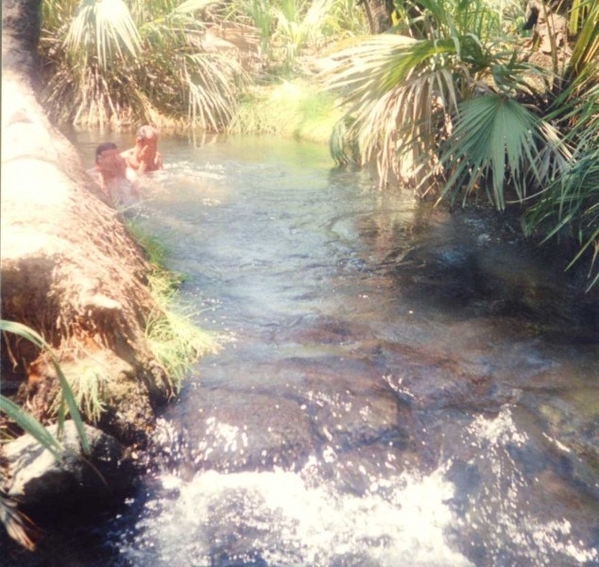
(Refreshing dip in hot springs in Afar territory)
Our destination today though, was a camp set up many years before, which comprised a central cookhouse/restaurant with a balcony overlooking the Awash River gorge. (The site at Kereyu is now defunct). The afternoon was rapidly vanishing, so I got the accommodation organised for people in the half dozen or so ancient caravans that had long ago ended their mobile career. Water in buckets, candles for light and wire mesh over the windows, this was pretty basic but the only place to stay here in the wild.
Returning to the ‘lodge’ I checked that everyone was OK and had their torches for later on, and were looking forward to our next days in the park. Three people weren’t there, and someone volunteered the information that Robyn and the two Irish lads had gone for a walk. No-one could say where exactly, but as the light fell, I started to hear roaring sounds emanating from the gorge, and felt suddenly chilled by the thought of where they might be. Robyn was a doctor in the U.K. but had worked a lot in rural Botswana, the two Irish lads doted on her and were quite adventurous, unfortunately not taking any heed of the basic safety measure of letting someone know where you were going in an area with wild animals.
The camp watchman grabbed his old Lee Enfield .303 rifle and strode off with me to head down into the gorge. I thought the roars were from lions in the gorge, and they were certainly loud enough to scare me. We shouted and whistled for the wanderers and generally made noises to reassure ourselves as we dropped to the foot of the escarpment and broke through a gap in the bushes to the more open ground beyond where I was dreading the possible sight of carnage. Nothing, Not a sound, and almost no light around us beyond the torch beams. We stayed, calling out, for a quarter of an hour, feeling increasingly impotent in the dark.
We were both resigned to the safest retreat and headed back toward the track, but just couldn’t find any way through the spiny scrub – the horror ! We skirted the brush until we came to a clearer but rocky way up and picked our way by torchlight up a series of ledges. Every time I reached up to grab a projection I imagined a viper or scorpion suddenly alarmed at my touch, with no choice but to continue, with the elderly but sprightly watchman clambering behind. Nearing the brink, we suddenly saw specks of light in the sky and felt relieved to discover we were almost on top of the track we had started on. We walked back toward the lodge, the dry ground reflecting the sparse starlight.
Robyn and the lads tumbled out of the lodge to greet us and pour effusive apologies for their disappearance, bringing a beaming smile from the watchman, ever hopeful of some bounty for his doughty efforts. We both savoured a glass of Ethiopian brandy, which I swear had the teeth of our imagined predators.
Note: the roaring heard in the valley was almost certainly leopard, although the camp staff were quite happy to affirm our delusion
Awash wildlife

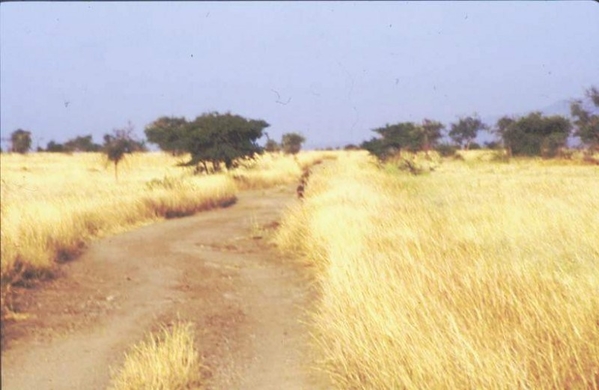
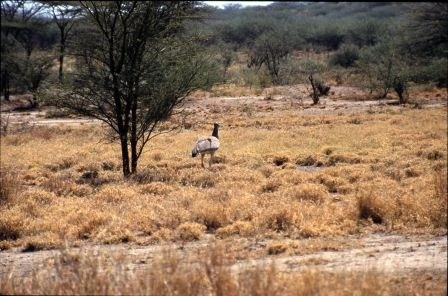
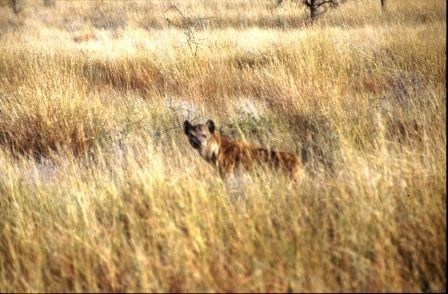

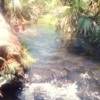
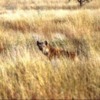
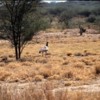
Comments (0)